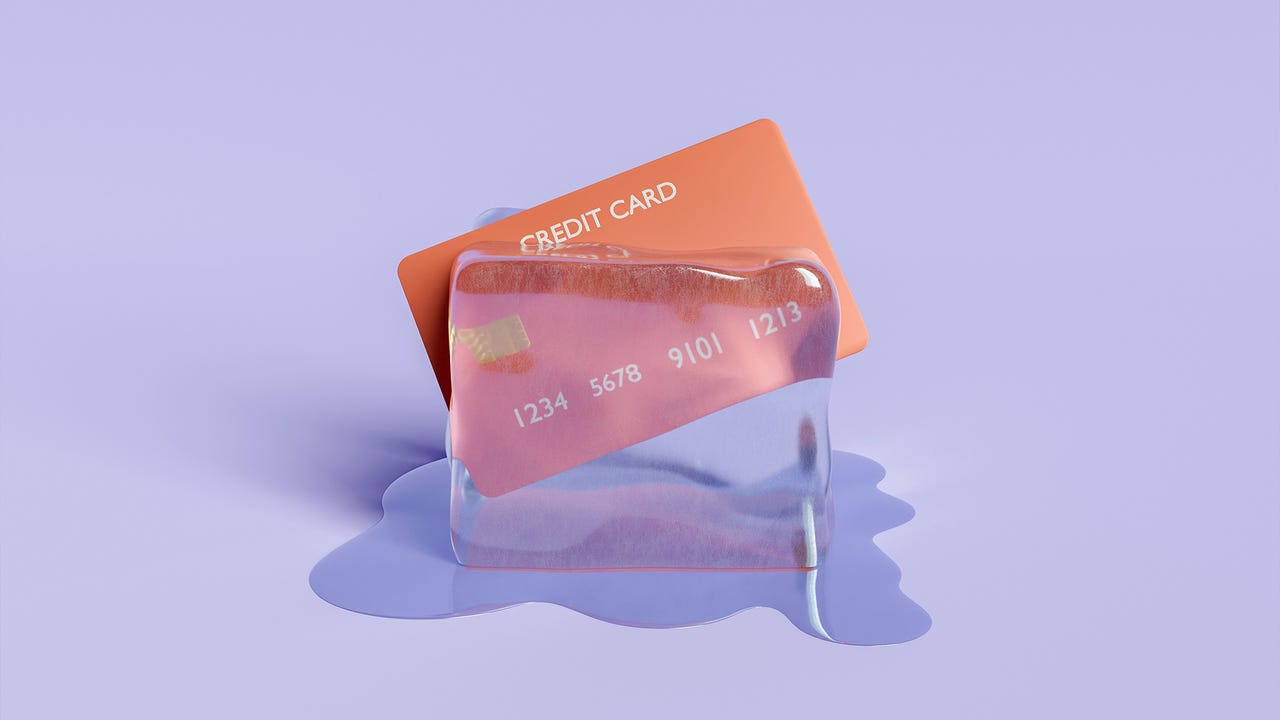
Data breaches are a fact of life these days but the recent National Public Data breach, which leaked nearly 3 million records — including Social Security numbers — to the dark web, may end up being one of the worst we’ve seen. If you’re wondering what you can do to protect yourself, start with a credit freeze. A credit freeze is a simple thing you can do to restrict prevent bad actors from using your personal information for their financial gain.
Also: Was your SSN leaked to the dark web? How to check for suspicious activity (and what to do next)
A credit freeze prevents creditors from viewing your credit report during a credit application process. If creditors can’t access your credit reports, they won’t open new accounts in your name. You can freeze your credit with the three credit bureaus and then unfreeze it at any point if you want to apply for a home loan or credit card.
How to freeze your credit
What you need: While requirements may vary between the three credit bureaus, you must provide them with your full name, date of birth, Social Security number, and current address. You must be prepared to provide your contact information, a government-issued ID, and proof of address to validate your identity.
Three major credit bureaus can access your identifying information: Equifax, Experian, and TransUnion. You must contact each of them to freeze your credit:
- Equifax: You can freeze your credit online using the Equifax Security Freeze service, over the phone by calling 1-888-378-4329, or by mail using this form.
- Experian: Manage your credit freeze online at the Experian website, by phone at 1-888-397-3742, or by mailing a written request.
- TransUnion: Freeze your credit with TransUnion online, over the phone by calling 800-916-8800, or mailing a written request.
When you contact each credit bureau, you’ll go through a process with your information that may vary depending on how you reached out:
- Online: Create an account and fill out a form with your information, including data to confirm your identity.
- By phone: Follow the prompts or speak to a representative to freeze your credit.
- By mail: Send your written request to the credit bureau, including copies of your identification process.
Note: Credit bureaus used to issue a PIN to manage your frozen credit, but that practice was stopped.
After the process to freeze your credit, you’ll get a confirmation to advise the process is complete.
Frozen credit stays that way until you change it back or unfreeze it. You can unfreeze your credit by contacting all the credit bureaus, accessing your account, and asking for a credit unfreeze.
FAQ
What is a credit freeze?
A security freeze, commonly known as a credit freeze, lets people restrict access to their credit report, making it more difficult to let thieves and other bad actors access a report. Credit report freezing is a free service; users can place, lift, or unfreeze a credit report anytime.
Also: Is Temu legit? Everything to know before you place your first order
When you apply for a mortgage, credit card, or other loan, you must unfreeze your credit to let lenders access it. Consumers can also do a temporary lift, which lifts the freeze for a limited time before reinstating it.
Does freezing credit affect my credit score?
No, freezing your credit does not affect your credit score. Freezing also doesn’t prevent you from getting your free annual credit report and using your existing credit accounts.
Freezing your credit restricts access to your report significantly, but it doesn’t block it completely. Existing creditors with whom you already have an account can still access your credit report, as can government agencies, employers (with your consent), and insurance companies. Finally, debt collectors can access or manage your credit and assess your financial status.
If I freeze my credit, how long will it stay frozen?
A credit freeze is permanent until you change it. The freeze doesn’t expire or require you to renew it. Once you freeze your credit, it’ll remain that way until you lift it online, over the phone, or by mail.




















+ There are no comments
Add yours